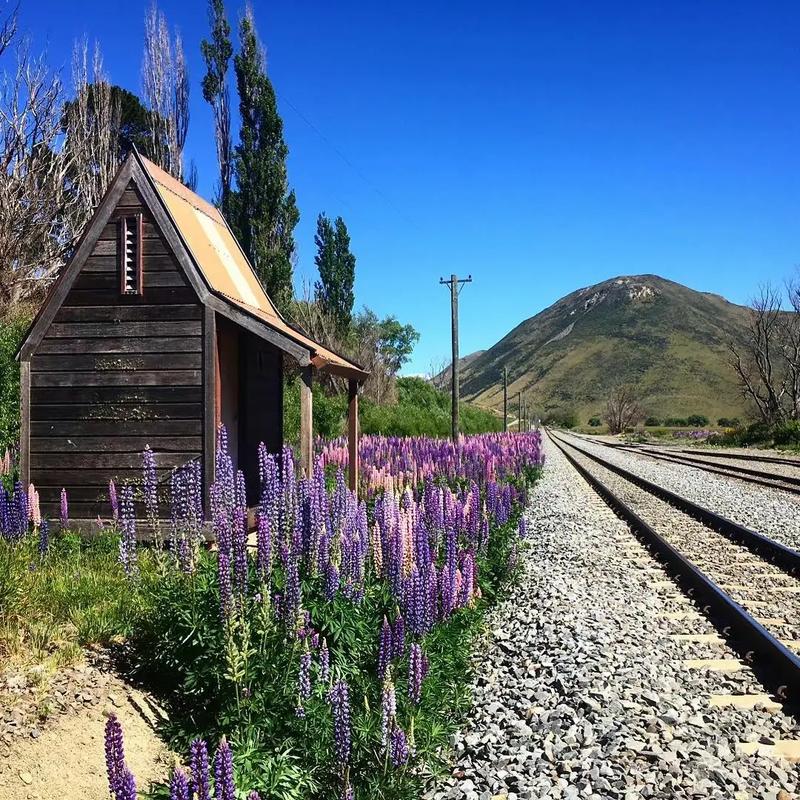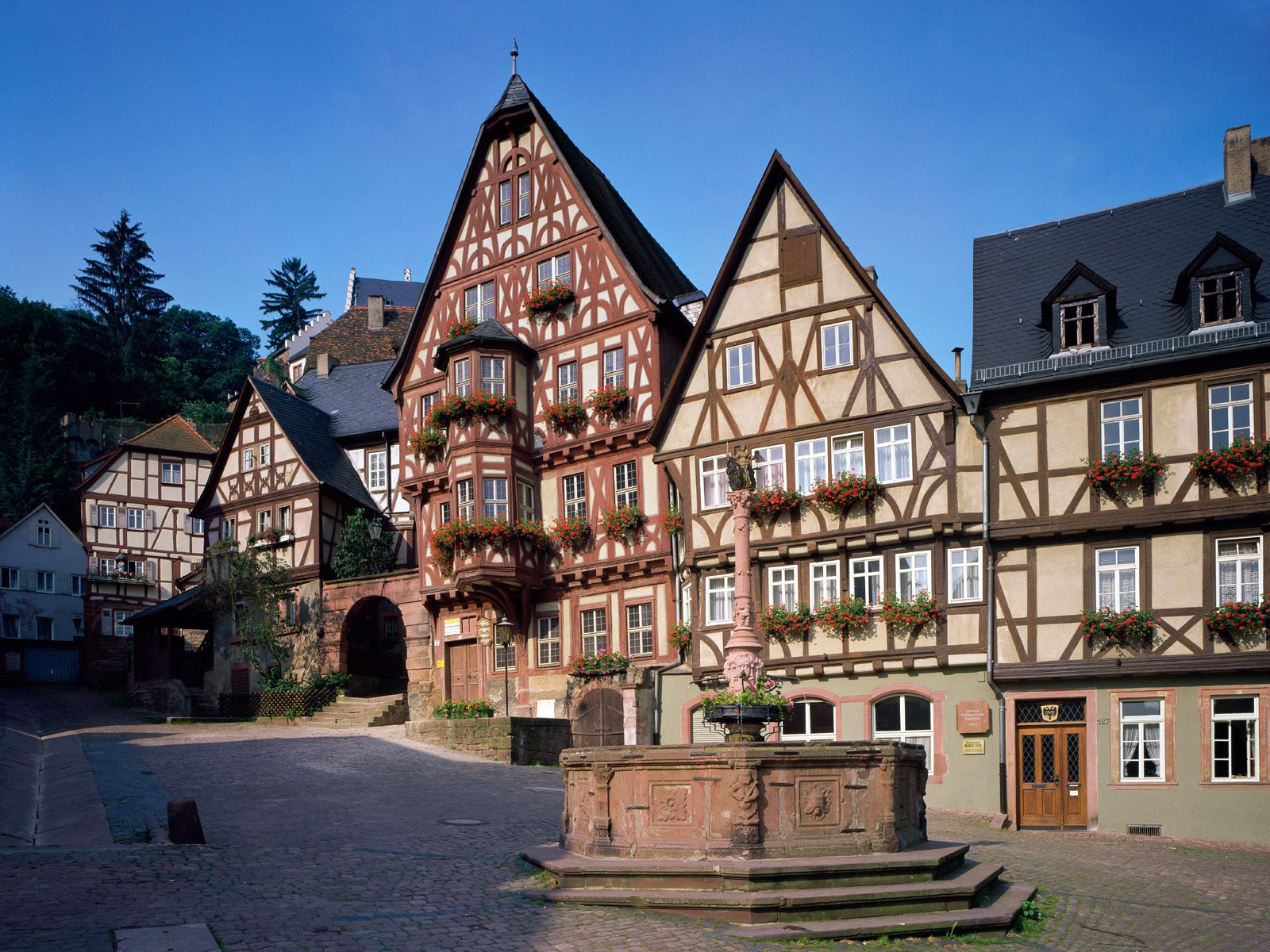Japan Travel
Japan’s Badminton Courts: Recreational Sports Attractions
Japan’s Badminton Courts: Recreational Sports Attractions
Badminton, though often overshadowed by sports like baseball and soccer in Japan, holds a unique and cherished place in the country’s recreational landscape. From community centers to professional-grade facilities, badminton courts across Japan are not merely venues for sport but social hubs, cultural touchstones, and reflections of the nation’s dedication to discipline, wellness, and community. These spaces attract players of all ages and skill levels, offering a blend of physical activity, social interaction, and even spiritual fulfillment that makes them standout recreational attractions.
The Culture of Badminton in Japan
In Japan, badminton is more than just a pastime; it is a sport deeply embedded in the cultural fabric. While it may not command the same media attention as sumo or tennis, its popularity is evident in the sheer number of enthusiasts who frequent courts nationwide. The sport enjoys a strong following both competitively and recreationally, with a history that dates back to the early 20th century. Badminton was introduced to Japan during the Meiji era and gained significant traction in the post-war period, as part of a national movement to promote health and physical fitness.
Today, badminton is played by millions of Japanese, from schoolchildren to seniors. The sport is a staple in physical education curricula, and many companies sponsor corporate teams, fostering camaraderie and employee well-being. This widespread appeal is mirrored in the diversity of facilities available, which range from humble local gymnasiums to state-of-the-art arenas.
Types of Facilities: From Community Centers to Elite Arenas
Japan’s badminton courts can be broadly categorized into three types: public community centers, private sports clubs, and high-performance training facilities. Each offers a distinct experience, catering to different segments of the population.
Public Community Centers and Municipal Gymnasiums These are the backbone of recreational badminton in Japan. Nearly every city and ward operates public sports facilities that include badminton courts. These venues are typically affordable, accessible, and heavily used by local residents. For a nominal fee, players can reserve a court for an hour or two, often with equipment rentals available. Such centers are especially popular among families, retirees, and amateur groups looking for a fun way to stay active.
The atmosphere in these spaces is lively and inclusive. It is common to see players of varying skill levels sharing courts, exchanging tips, and enjoying friendly matches. Many centers also host weekly open sessions or tournaments, strengthening community bonds. For example, the Tokyo Metropolitan Gymnasium offers multiple badminton courts that are perennially booked, reflecting the sport’s popularity in urban areas.
Private Sports Clubs and Commercial Facilities For those seeking a more premium experience, Japan boasts numerous private sports clubs and commercial badminton halls. These facilities often feature better amenities, such as high-quality flooring, advanced lighting systems, and professional-grade shuttlecocks and rackets. Membership-based clubs like Tipness or Renaissance cater to serious amateurs and professionals, offering coaching services, league play, and well-maintained environments.
These venues attract a dedicated clientele, including corporate groups, university teams, and aspiring athletes. The emphasis here is on excellence and improvement, with many clubs providing structured programs and clinics. The social aspect remains important, but the focus shifts slightly toward skill development and competitive preparation.
Elite Training Centers and National Facilities At the pinnacle are Japan’s high-performance badminton centers, such as the National Training Center in Tokyo or the NTT East Japan Badminton Court in Saitama. These facilities are designed to nurture world-class talent and have produced Olympians like Kento Momota and Nozomi Okuhara. While primarily reserved for elite athletes, they occasionally open their doors to the public for events or tours, serving as inspirations for aspiring players.

These centers are equipped with cutting-edge technology, including video analysis tools, sports science labs, and specialized training equipment. They represent Japan’s commitment to excellence in badminton and are a testament to the sport’s growing prestige.
The Social and Health Benefits
Badminton courts in Japan are more than just places to play; they are vibrant social ecosystems. The sport’s doubles format encourages teamwork and communication, making it an ideal activity for building relationships. It is not uncommon for players to form lasting friendships or even business connections on the court. Many companies use badminton as a team-building exercise, renting courts for employee events.
Health-wise, badminton offers a full-body workout that improves cardiovascular health, reflexes, and coordination. Its low-impact nature makes it suitable for all ages, from children developing motor skills to seniors maintaining agility. The mental benefits are equally significant; the fast-paced, strategic gameplay provides a stimulating escape from daily stressors, promoting mindfulness and mental clarity.
Innovation and Sustainability in Court Design
Japan is known for its innovation, and this extends to sports infrastructure. Modern badminton facilities often incorporate eco-friendly designs, such as energy-efficient lighting, solar panels, and sustainable building materials. Some newer courts feature shock-absorbing flooring that reduces the risk of injury and enhances performance. Advanced booking systems, often accessible via smartphone apps, streamline the reservation process, making it easier for players to secure court time.
Additionally, many facilities are designed with spectators in mind, featuring bleachers, video screens, and cafes. This not only enhances the experience for players but also encourages broader community engagement, turning matches into social events.
Challenges and the Future
Despite its popularity, recreational badminton in Japan faces challenges. Urban areas often suffer from a shortage of courts, leading to high demand and limited availability. Aging infrastructure in some regions requires renovation, and funding for public sports facilities remains a concern. However, the future looks bright. The success of Japanese players on the international stage has ignited renewed interest in the sport, prompting investments in new facilities and programs.
There is also a growing trend toward integrating technology into the badminton experience. Virtual coaching, wearable performance trackers, and smart courts with embedded sensors are becoming more common, offering players new ways to improve their game.
Conclusion: A Hidden Gem in Japan’s Recreational Landscape
Japan’s badminton courts are hidden gems that offer much more than a place to play. They are centers of community, health, and culture, reflecting the Japanese values of harmony, perseverance, and continuous improvement. Whether in a bustling city like Osaka or a quiet town in Hokkaido, these facilities provide a welcoming space for people to connect, compete, and cultivate a lifelong love for the sport.
As badminton continues to grow in popularity, both recreationally and competitively, these courts will remain vital attractions—testaments to the enduring appeal of a sport that combines physical exertion with strategic depth and social joy. For visitors and residents alike, stepping into a Japanese badminton court is to experience a microcosm of Japan itself: orderly, energetic, and deeply rewarding.
相关文章
- Yamagata’s Zao Onsen: Snow Monster Hot Spring Attraction
- Japan’s Maid Cafés: Akihabara Subculture Attractions
- Okayama’s Okayama Korakuen: Historic Garden Attraction
- Japan’s Horse Racing Tracks: Equestrian Sports Attractions
- Tokyo’s Odaiba Gundam: Anime Icon Attraction
- Japan’s Doll Festivals: Hinamatsuri Attractions
- Kagoshima’s Ibusuki Onsen: Sand Bath Hot Spring Attraction
- Japan’s Table Tennis Clubs: Recreational Attractions
- Kyoto’s Nishiki Market: 400-Year-Old Food Attraction
- Japan’s Camellia Festivals: Winter Flower Attractions
发表评论
评论列表
- 这篇文章还没有收到评论,赶紧来抢沙发吧~


